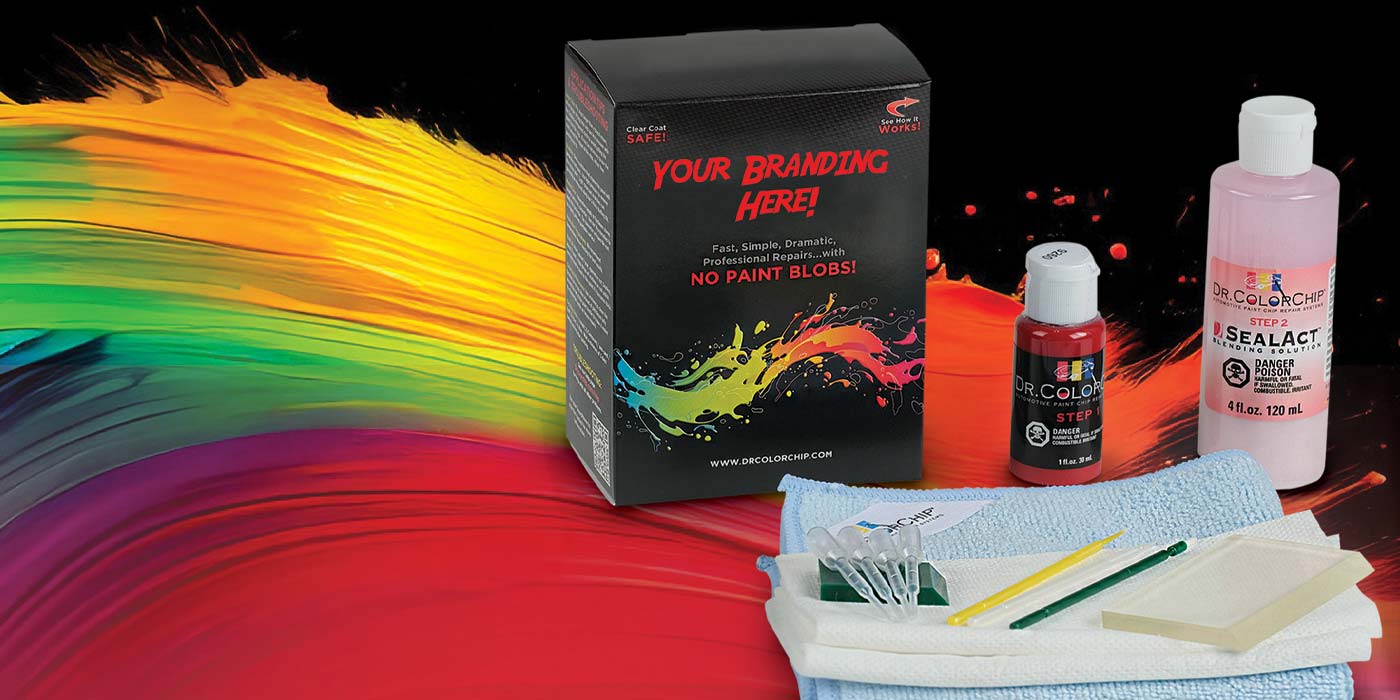When I helped develop workflow models for Hewlett-Packard systems years ago, we applied the Deming Wheel to our efforts. I submit that you should consider applying it to your dealership operations as well.
What this device describes and encourages is fundamental to any continuous process improvement (CPI) effort to make your dealership more profitable.
Precisely known as the “Deming PDCA Wheel,” its spokes inform how to implement CPI, whether in manufacturing or the assembly line you run — your reconditioning department. The names of these spokes are:
• Plan
• Do
• Check
• Act (or adjust)
This wheel is named for Dr. W. Edwards Deming, considered to be the father of modern quality control who, in the 1950s, worked with Toyota to help develop the Toyota Production System. It is an effective methodology to apply to processes, practices and policies until they squeeze out waste (in the expression of motion, time and money) and yield opportunities for adding value to your customers and, thus, your business.
You can apply CPI to improve operations throughout the dealership in areas such as:
• Shop workflow
• Service scheduling and shop loading
• Sales and lead conversions
• Document workflow and electronic records
• Hiring practices
• F&I processes and product penetration
• Recon operations
Taiicho Ohno, another champion of efficiency at Toyota, identified a number of process defects that waste resources — defects that CPI disciplines help to eliminate. See how many show up in your current reconditioning practices:
• Overproduction of things not demanded by actual customers — Are you over-conditioning vehicles, which delays getting them to the “sold” line and may make it difficult to achieve the return you want?
• Inventories awaiting further processing — Is lack of accountability and tracking allowing cars to sit on the back lot or a sublet, ignored or forgotten? Is retail service work pushing back on recon mechanical inspection and repair, costing days to the front line?
• Unnecessary motion of employees or goods — Are employees connected via mobile or do they still have to walk or run to your lots and departments to get approvals from used car managers, check vehicles in transit or identify status of cars in your recon process? Is lack of communication coordination delaying parts availability, work and vehicle flow through your reconditioning processes, and causing frustration among used cars, service and your recon operation? Where does lack of trackability and accountability result in duplication and redundancy of activities?
• Waiting for an upstream process to deliver — Where the above steps are broken or inefficient, they all cause delay — from intake into recon to the photo booth to stocking to the front line — in retailing vehicles.
For dealers using time-to-market (TTM) reconditioning workflow software, group-reporting tools provide a great advantage here. These reports provide both a necessary 40,000-foot high perspective and hands-dirty details at a daily reconditioning task-work level. This allows you to get a true perspective of your processes, practices and people, including fixed operations, parts, used cars, detailers, imagers and sublets.
Misunderstood economics — Depreciation by $36 per day per vehicle ($50 for luxury brands), known as holding cost, erodes gross potential from every vehicle you own, from its purchase to sale. By implementing CPI here, taking advantage of workflow software strategies can reduce typical eight- to 15-day average days in recon (ADR) cycle to a three-day cycle. A dealership reconditioning 200 vehicles a month at a seven-day cycle equals $50,400 in holding costs. At a three-day ADR, holding costs are held to $21,600 — a $28,800 benefit to gross potential.
Gross erosion — Slow recon cycle times get “fresh” inventory to the sales line by the time they’re already two weeks stale — 15 days into the ideal 30-day prime selling window. A three-day ADR gets cars frontline ready with 27 days of premium retail time remaining on the calendar. The difference can be a couple of thousand dollars in gross versus a couple of hundred.
Wasted turn — Long recon times require you stock more inventory to sell more cars. Shave 2.5 days off the recon cycle, on the other hand, and your inventory turn increases by one. With a three-day ADR, the dealership can sell about twice the inventory it must stock. That flows real revenue to the bottom line.
CPI tools such as workflow software give management an honest starting point for implementing process change. Only when you have such detail into what is actually going on can you initiate change to reduce days in recon, improve time to the front line, and improve gross profits on every used car sold.
Dennis McGinn













